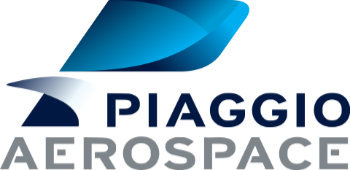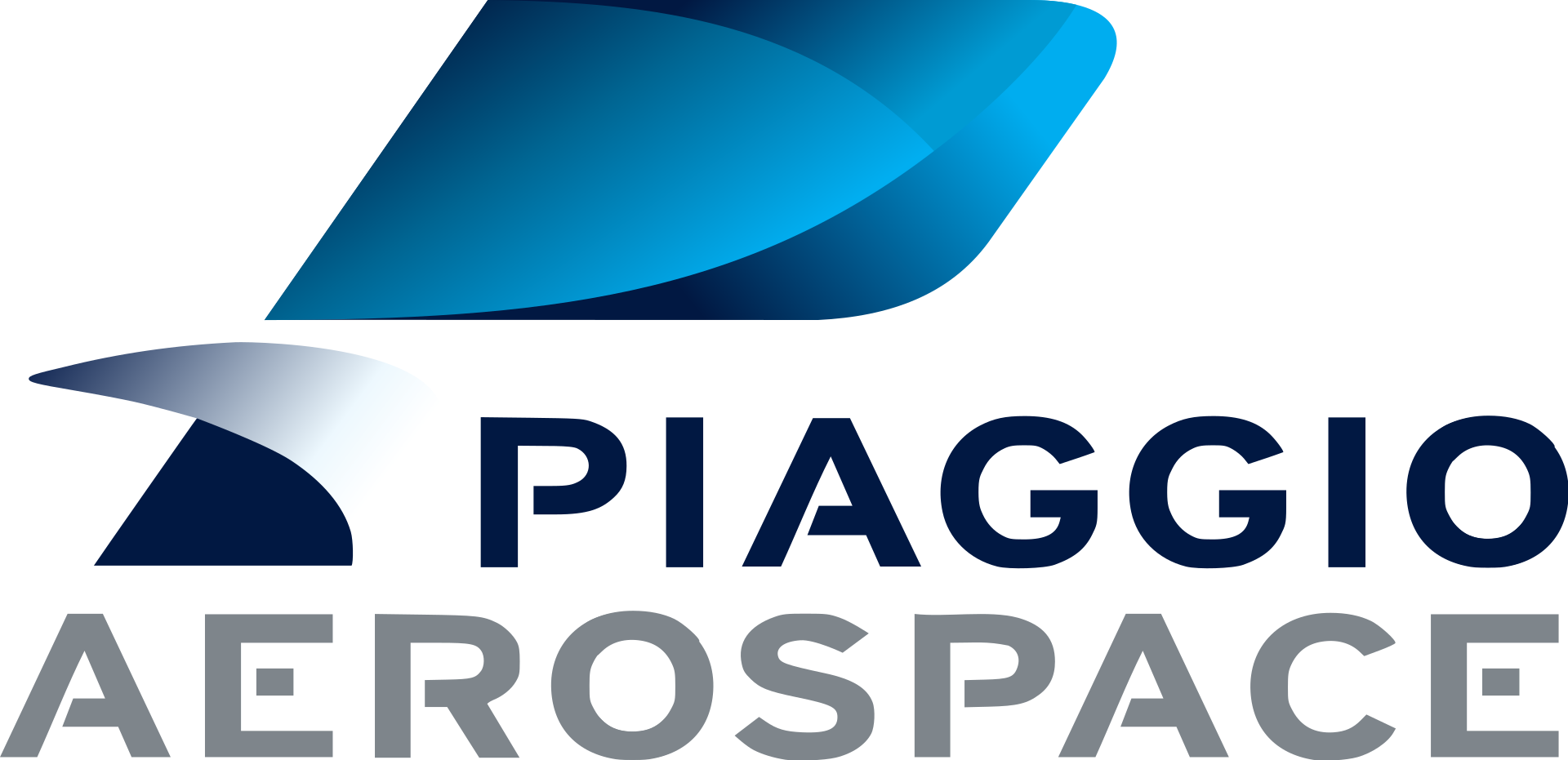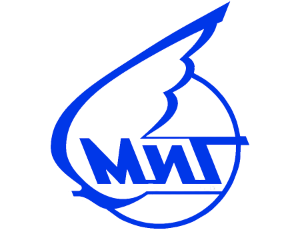Piaggio Aerospace Piaggio P.136 amphibian
 |
|
| Piaggio P.136L-2 at Tamiami Airport near Miami in 1989 | |
| Role | Amphibious aircraft |
|---|---|
| National origin | Italy |
| Manufacturer | Piaggio Aero |
| First flight | 29 August 1948 |
| Introduction | 1949 |
| Status | examples still flying in 2018 |
| Produced | 1948-1961 |
| Number built | 63[] |
| Developed into | Piaggio P.166 |
.
History Piaggio Aerospace
Piaggio P.136 was an Italian twin-engine amphibian
First flight 29 August 1948
Produced 1948-1961

The Piaggio P.136 was an Italian twin-engine amphibian flying boat designed and manufactured by aircraft company Piaggio Aero. It is furnished with an all-metal hull, pusher propellers, a gull wing, and retractable landing gear.
During late 1948, the P.136 prototype performed its maiden flight; roughly six months later, it reportedly completed certification tests, clearing the type's entry into service. The aircraft was marketed in the United States as the Royal Gull by American distributor Kearney and Trecker. During the late 1950s, a land-based utility aircraft, the Piaggio P.166, was developed from the P.136 and shares many design similarities, despite the deletion of the hull in favour of a conventional fuselage
During the 1940s, barely a year following the end of the Second World War, Italian aircraft manufacturer Piaggio Aero, being keen to rebuild itself and its customer base in the post-war era, embarked upon the development of a new amphibian design. As noted by Aviation periodical Flight International, this was no simple choice, as many aviation companies had been defeated in their ambitions to develop efficient flying watercraft and required ingenuity to achieve.[1] The design produced by Piaggio was of a relatively large aircraft, yet still being capable of operations from both relatively rough waters and fairly compact grass air strips. Furthermore, large portions of the aircraft, such as its three-bladed constant-speed propellers, was internally designed by the company

Design

0
KmCeiling
0
KmCombat RANGE
0
Km/hAircraft Speed
0
Max Crew
Photo Gallery
Piaggio Aerospace
Piaggio P.136 was an Italian twin-engine amphibian


Piaggio Aerospace
Piaggio P.136 Amphibian "Gull"
First flight 29 August 1948
Produced 1948-1961
General Info
-
-
Crew: 2- Capacity: 3
- Length: 10.8 m (35 ft 5 in)
- Wingspan: 13.53 m (44 ft 5 in)
- Height: 3.83 m (12 ft 7 in)
- Wing area: 25.1 m2 (270 sq ft)
-
Powerplant
-
- Empty weight: 2,110 kg (4,652 lb)
- Gross weight: 2,994 kg (6,601 lb)
- Fuel capacity: 730 L (193 US gal; 161 imp gal) in two hull tanks
- Powerplant: 2 × Lycoming GSO-480 6-cylinder air-cooled horizontally-opposed piston engines, 250 kW (340 hp) each
-
Performance
- Maximum speed: 335 km/h 2,994 kg
- Cruise speed: 268 km/h
- Stall speed: 110 km/h (68 mph, 59 kn) flaps down
- Range: 1,450 km (900 mi, 780 nmi) 50% power at 4,300 m (14,100 ft)
- Service ceiling: 7,800 m (25,600 ft)
-
-
- 3,600 m (11,800 ft) on one engine
-
Links to Youtube & Others
American aircraft manufacturer Kearney and Trecker was appointed as a wholesaler for the type, received three Italian-built P.136s along with the partially-assembled fuselages and components for the productions of another 29 examples of the type under a licensing arrangement. The company produced a handful of examples under the Royal Gull brand.[
Piaggio Aerospace
Piaggio P.136 Gull
During the 1940s, barely a year following the end of the Second World War, Italian aircraft manufacturer Piaggio Aero,
Youtube Link
During 1954, Francis K. Trecker, president of Kearney & Trecker Corporation, was impressed when he witnessed a P.136 in flight, and offered to bring the type to the North American market.









.png)



